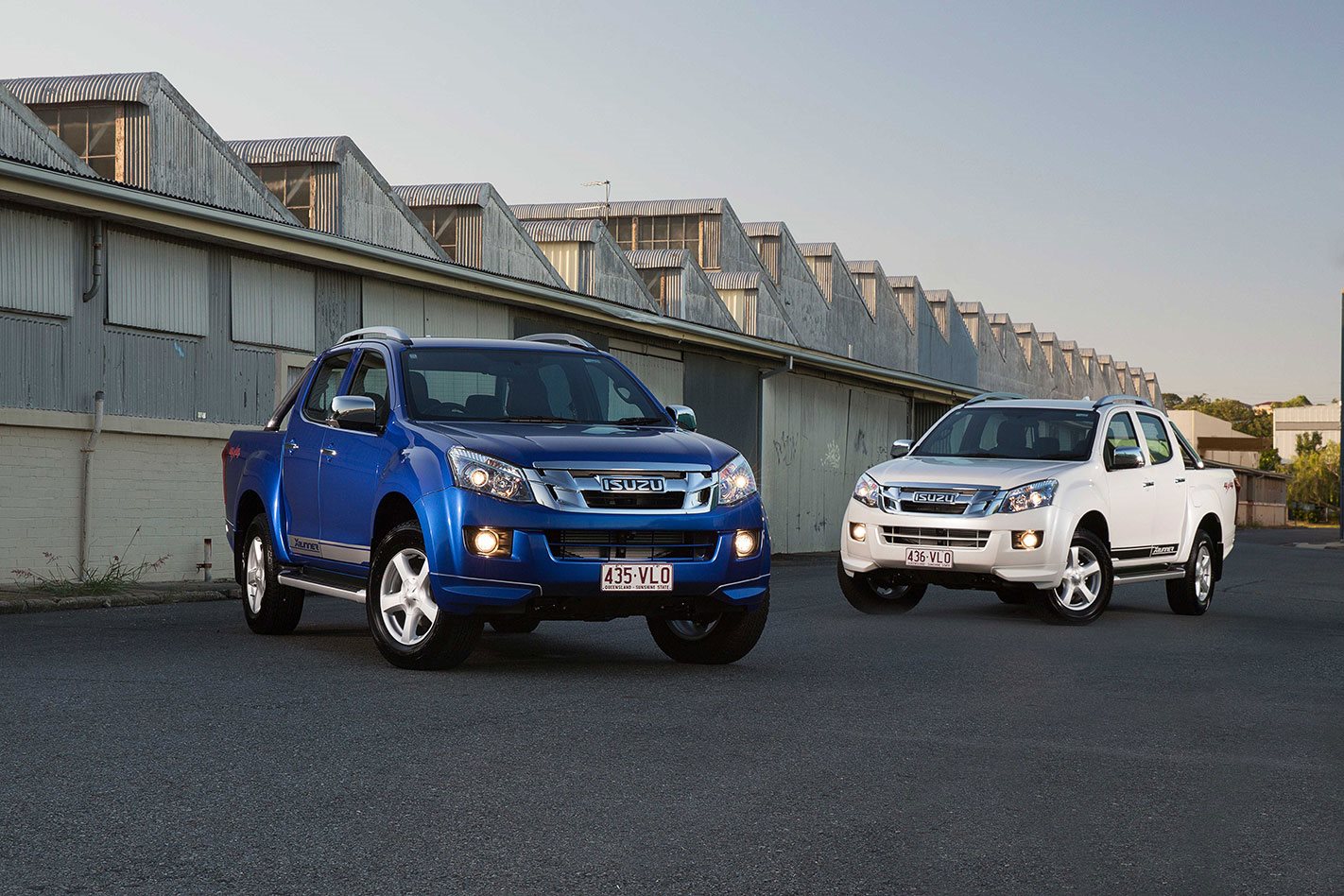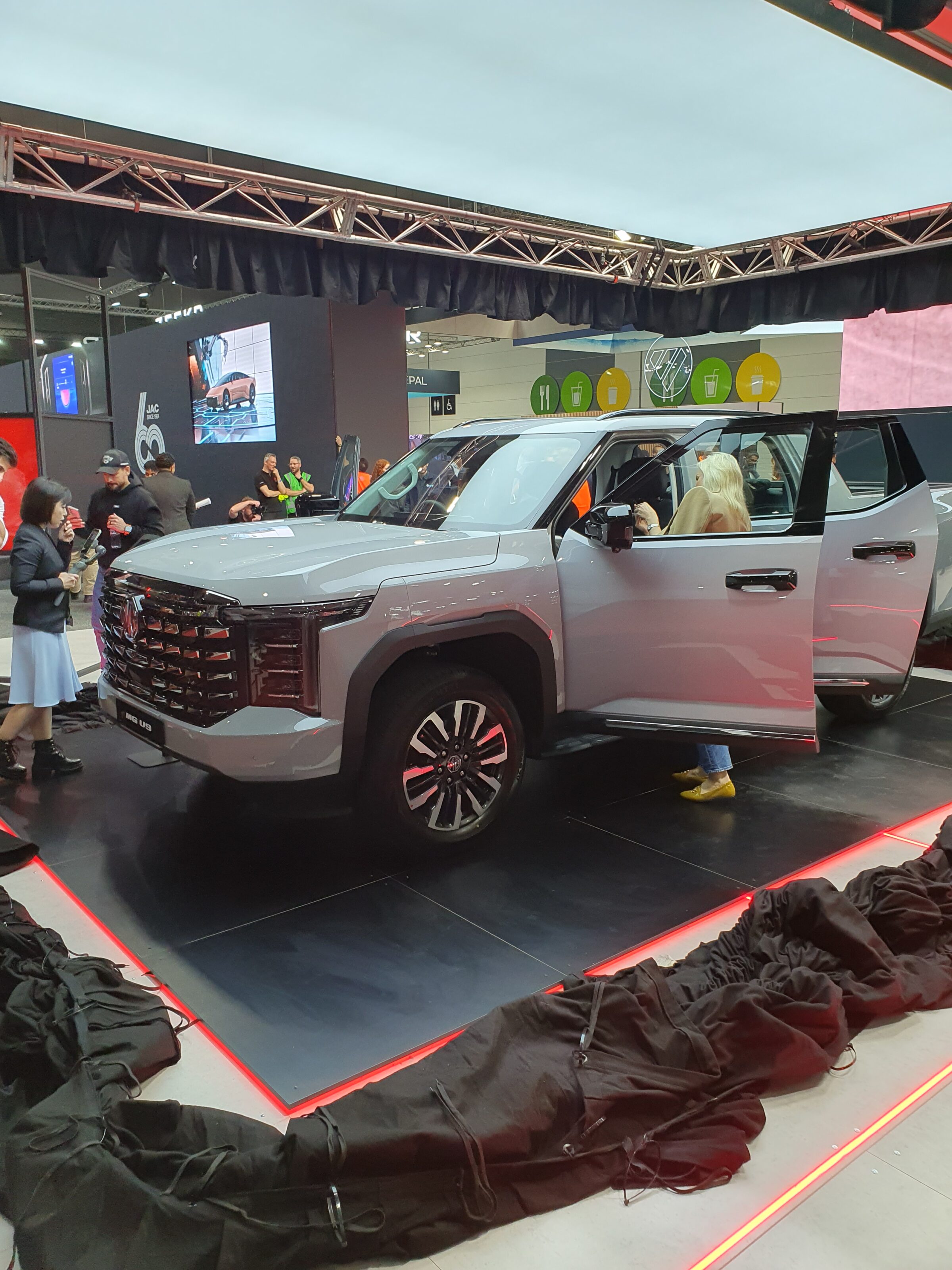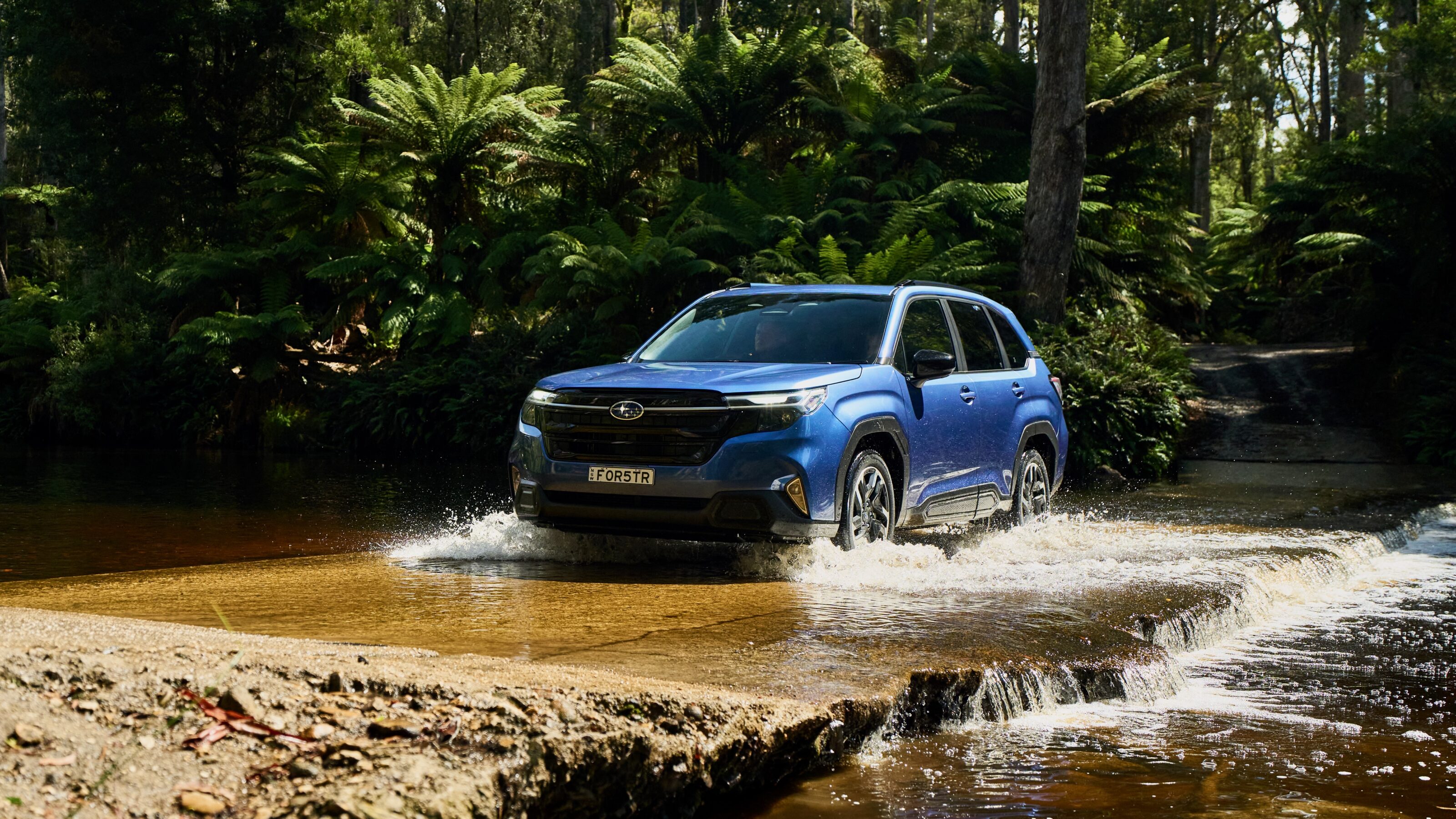NO WONDER Yasu Takeuchi looks happy. As managing director of Isuzu Ute Australia, he’s presiding over what is currently the biggest success story in domestic vehicle retailing. With a 63 percent growth in sales in 2014, Isuzu’s D-MAX one-tonne ute and MU-X seven-seat 4×4 are responsible for landing one on the chin of every other marque in Australia.
The numbers are staggering. The company has realised an average 29 per cent year-on-year sales growth since entering the market in 2008. Back then Isuzu Ute, which is a 100 per cent-owned subsidiary of Mitsubishi, had a fledgling network of 38 dealers.
It now has 120 outlets, with 12 more being opened in 2015. “We worked at making our vehicles more fitted and suitable to the Australian market. We improved the quality of our dealer network and we took customer complaints – right from the smallest issue – extremely seriously and fed them back to the factory,” explains Takeuchi.
Thailand remains Isuzu’s biggest market, selling about five times as many one-tonne utes there compared to Australia. “In Thailand, they don’t care so much about safety. They’ll carry 10 people on board and don’t bother about airbags. In Australia you need six or seven airbags to get a five-star [safety] rating,” he chuckles.
Sales in Thailand this year are up 22 per cent, with the company targeting a 20 per cent annual increase, so Isuzu Ute is already ahead of the curve. But putting so many eggs in the Thai basket is a worry. The vehicle market is contracting there, the Thai government reporting a drop of nearly 11 per cent year-to-year in domestic car sales for February, this marking a 21st consecutive month of decline.
In the face of a declining home market, Thai manufactures like Isuzu are hedging with exports. Thailand’s car shipments abroad in February rose more than 11 percent, largely due to a pick-up in the Australian market, but the maths still don’t look rosy. Thailand’s military coup in May 2014 hasn’t spawned a great deal of consumer or investor confidence.

As Thailand’s car industry contracts, Indonesia, in particular, is becoming more attractive for manufacturing, due to more favourable rupiah exchange rates, low wages and a spike in car demand. Mitsubishi Motors chief executive Osamu Masuko said in an interview with The Wall Street Journal recently that the Japanese carmaker is looking to Indonesia and the Philippines rather than Thailand.
“For Thailand, I think we should operate within the scale that we currently have now,” said Masuko, alluding to the 500,000-vehicle production capacity in Thailand; a number that includes Isuzu utes.
To compound the issue, there’s an absolute broadside of new product being thrown at Isuzu within the next 18 months, with Mitsubishi launching an all-new Triton, Ford looking confident with the facelifted Ranger and Toyota aiming to skittle the lot with the new Hilux.
Isuzu and General Motors entered into an agreement in September to develop the next-generation ute platform, but a conservative estimate puts that at four years out. Isuzu has more than doubled its promotions budget to try to stave off this assault and has cut prices aggressively to big fleet operators.
Takeuchi knows there’s only so much he can do. “Customer satisfaction is most important. It’s the best way to growth. We want to make a profit investment,” he explains.
So while it may appear that Isuzu Ute are in it for a quick buck before the rest of the market wakes up and takes them seriously, the company’s looking to a longer game, aiming to bring younger customers on board with an increasing lifestyle focus, switching from the purely rational economy, residuals and payloads promo.
There are huge challenges ahead for a manufacturer with one engine and two bodies to sell. Isuzu Ute is looking to tough it out. It knows of no other way.






